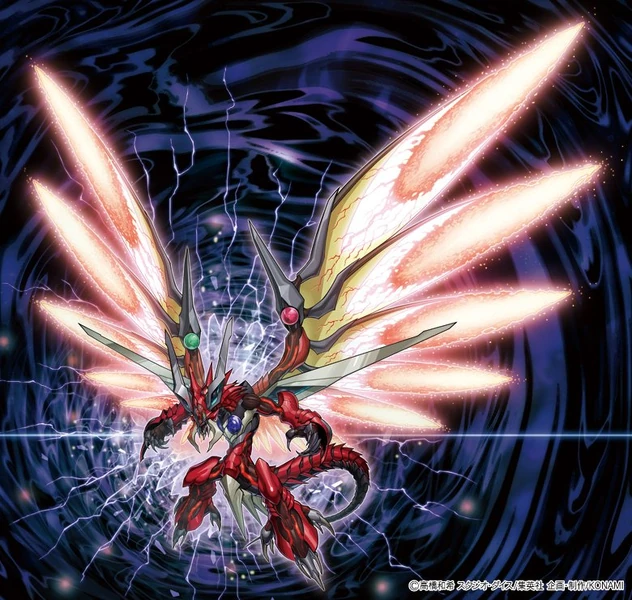Western dragons or European dragons are derived from Greek and Roman mythology (the word "dragon" itself is rooted in the Greek word drakon) and may have been influenced by the cultures of the Ancient Near East; there are also are older myths with serpentine entities which would be called dragons by later generations. In many Greek myths, the word referred to gigantic but relatively conventional snakes, only sometimes endowed with more bizarre traits like multiple heads, which generally represent chaos, monstrosity and the perils of untamed nature, although there are also examples of snakes associated to divine figures. Drakones usually guarded magical artifacts or landmarks, such as the Golden Fleece, Hera's Golden Apples and Ares' spring, and some were known for never sleeping. Through the Middle Ages, in combination with Norse Mythology, these beings would evolve into the more known European dragon, with its trademark wings and fiery breath (to show the extent of these new influences, ancient Greek dragons were usually wingless and more related to water).
Traits
- Are scaly and reptilian (outwardly, anyway), and usually serpentine.
- Generally depicted with pointed and unbranched horns, or otherwise entirely hornless. Frills and fins are also common in modern depictions.
- Normally associated with fire, which they often breathe as an attack. In Greco-Roman, Germanic and Medieval stories, they lack breath attacks but may be highly venomous. Only in the oldest myths they are associated with water.
- Usually live in mountains and caverns. Older examples often lurk in swamps, wells or lakes.
- Any size enough to make them dangerous to man, yet usually within vaguely realistic limits. Typically range in size from horse-sized to small house-sized, at least when fully grown.
- Are usually antagonistic towards humans, if not outright satanic archetypes in certain religions. More intelligent versions are often manipulative, or, at the very least, love to screw with people; less intelligent versions are beasts and act the part. Due to the influence of works like Dragonriders of Pern, good dragons have become more popular in western media.
- Kidnap damsels (preferably princesses) and/or hoard treasure. Often greedy and/or insatiable, especially in the latter regard.
- Have a variable number of heads and legs, although one head and six limbs (four legs, and a pair of wings) and a tail is the most common configuration. Medieval and older dragons were often just very big serpents. More divergent types (wings but no legs, multiple heads, etc) seem more likely to be brainless bestial monsters than the "basic" form.
- Either fly with bat-like wings, or they lack wings and don't fly. Some modern examples have bird-like wings, but this is rare.
- Have varying levels of intelligence. Sometimes, they were typically ravening monsters and rarely spoke. Other times, they're often portrayed as at least as clever as humans, and frequently (much) more. More traditionally bestial examples still typically exhibit predatory cunning.
- Their scales (and armor made thereof) may be impervious to magic, or at least almost impenetrable to human weapons. In addition, they often have some form of innate magic if intelligent. Sometimes they may even disguise themselves as humanoid beings of much smaller size and interbreed with said species, creating half-dragons.
- Live for a very long time, if not actually immortal, but typically may be killed.
- Are incredibly strong and hard to kill but usually have one or two fatal weak spots.
- Sometimes have poisonous blood, breath, saliva, or some such. Often, this will kill you after you kill it. If their blood isn't poisonous, it grants special powers such as invincibility.
- Draco referred to pythons and other large snakes, while wyvere referred to vipers.
- Originated from proto-Indo-European legends of sky gods or (demi-)human heroes battling serpents or sea monsters representing chaos, which eventually developed into the early hero-versus-dragon myths (chaoskamp).

Example of a Western Dragon:
Supreme King Violent Dragon - Odd-Eyes Raging Dragon
"Dragon with dual colored eyes! Resurrect from the deep darkness and burn everything in the world with flames of anger! Xyz Summon! Come forth, Rank 7! The blazing dragon called by calamity! Supreme King Violent Dragon - Odd-Eyes Raging Dragon!"
This monster is an upgraded fused form of "Odd-Eyes Pendulum Dragon" and "Dark Rebellion Xyz Dragon".
